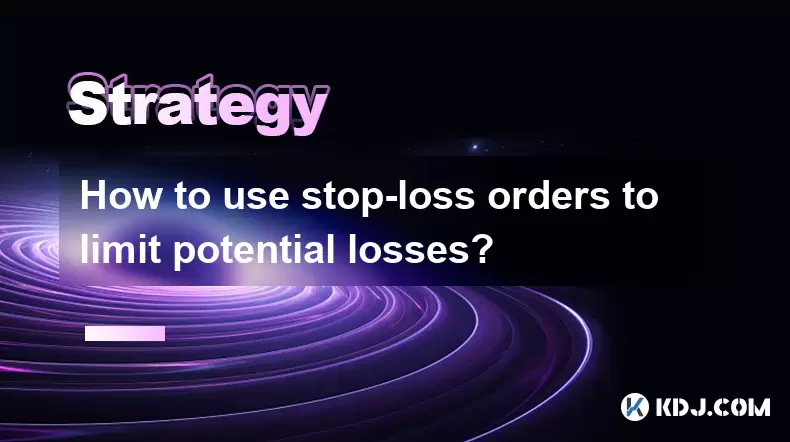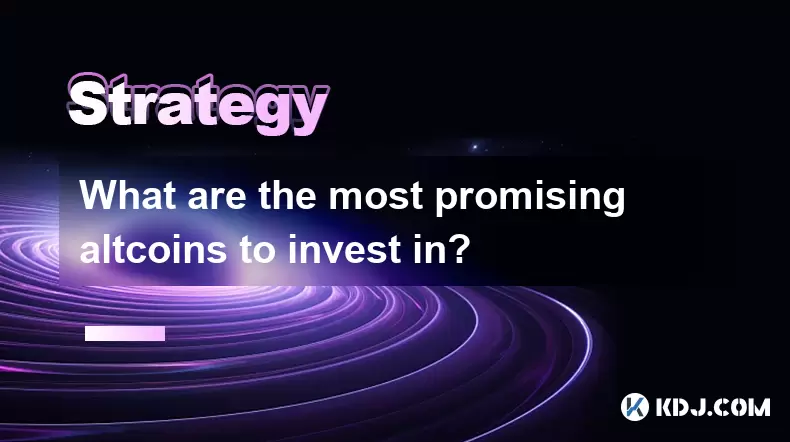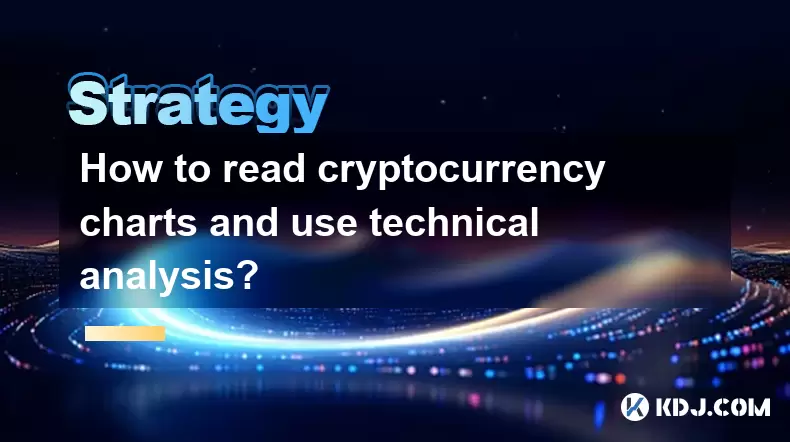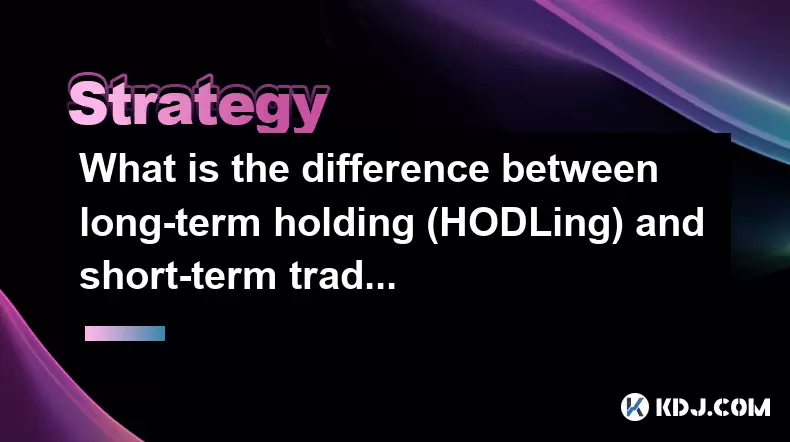-
 Bitcoin
Bitcoin $117600
0.25% -
 Ethereum
Ethereum $4424
0.10% -
 XRP
XRP $3.101
0.50% -
 Tether USDt
Tether USDt $1.001
-0.01% -
 BNB
BNB $836.2
1.26% -
 Solana
Solana $188.8
2.11% -
 USDC
USDC $1.000
0.01% -
 Dogecoin
Dogecoin $0.2301
0.57% -
 TRON
TRON $0.3485
-1.00% -
 Cardano
Cardano $0.9209
-1.34% -
 Hyperliquid
Hyperliquid $46.72
-1.19% -
 Chainlink
Chainlink $22.62
4.84% -
 Stellar
Stellar $0.4275
-0.38% -
 Sui
Sui $3.761
1.91% -
 Bitcoin Cash
Bitcoin Cash $586.7
-0.25% -
 Ethena USDe
Ethena USDe $1.001
0.01% -
 Hedera
Hedera $0.2510
2.06% -
 Avalanche
Avalanche $24.21
2.22% -
 Litecoin
Litecoin $119.7
1.07% -
 Toncoin
Toncoin $3.450
1.06% -
 UNUS SED LEO
UNUS SED LEO $9.411
-0.93% -
 Shiba Inu
Shiba Inu $0.00001298
1.20% -
 Uniswap
Uniswap $10.98
3.25% -
 Polkadot
Polkadot $3.961
2.16% -
 Dai
Dai $1.000
0.00% -
 Bitget Token
Bitget Token $4.642
0.95% -
 Cronos
Cronos $0.1514
0.57% -
 Ethena
Ethena $0.7290
3.78% -
 Monero
Monero $254.1
7.69% -
 Pepe
Pepe $0.00001102
2.47%
How to make money trading Poloniex contracts
By understanding contracts, selecting a trading strategy, and managing risk effectively, traders can leverage Poloniex futures to potentially profit from cryptocurrency price fluctuations.
Nov 27, 2024 at 07:32 am

How to Make Money Trading Poloniex Contracts
Poloniex, one of the leading cryptocurrency exchanges, offers a wide range of trading options, including futures contracts. Futures contracts allow traders to speculate on the future price of a cryptocurrency and potentially profit from price movements. Here's a comprehensive guide to trading Poloniex contracts for profit:
1. Understand Contract Basics:
- Futures contracts are standardized agreements to buy or sell an asset at a predetermined price on a specified future date.
- On Poloniex, you can trade contracts on Bitcoin, Ethereum, and other cryptocurrencies.
- Contracts are typically denoted by their expiration month and year, such as "BTC Dec 2023" for Bitcoin contracts expiring in December 2023.
2. Choose a Trading Strategy:
- Scalping: Profiting from small, frequent market fluctuations by entering and exiting positions quickly.
- Day trading: Buying and selling contracts within a single day without holding overnight.
- Swing trading: Holding contracts for several days to weeks to capitalize on larger price movements.
3. Fund Your Account:
- Deposit cryptocurrencies into your Poloniex account that can be used as collateral for contracts.
- The amount of collateral required varies depending on the contract and your trading size.
4. Place an Order:
- Decide whether to buy (long position) or sell (short position) a contract based on your market analysis.
- Select the contract expiration date and quantity, and specify your leverage.
- Leverage allows you to control more significant positions with less capital, but it also amplifies potential gains and losses.
5. Monitor Your Position:
- Keep an eye on the market price and profit or loss (P/L) of your position.
- Set stop-loss and take-profit orders to limit potential losses and secure gains automatically.
6. Manage Risk:
- Risk management is crucial in contract trading.
- Diversify your portfolio by trading multiple contracts or cryptocurrencies.
- Use stop-loss orders to limit potential losses.
- Avoid overleveraging your account to minimize risk.
7. Withdraw Profits:
- When you close a profitable position, you realize your profit in the collateral currency.
- You can withdraw your profits to your external wallet or reinvest them in further trades.
Additional Tips:
- Study charts, learn technical analysis, and follow market news to make informed trading decisions.
- Use a trading journal to track your trades and identify areas for improvement.
- Practice on a demo account before trading with real funds.
- Seek guidance from experienced traders or trading courses if needed.
Remember, contract trading involves risk, and you can lose your capital. Trade responsibly and with caution.
Disclaimer:info@kdj.com
The information provided is not trading advice. kdj.com does not assume any responsibility for any investments made based on the information provided in this article. Cryptocurrencies are highly volatile and it is highly recommended that you invest with caution after thorough research!
If you believe that the content used on this website infringes your copyright, please contact us immediately (info@kdj.com) and we will delete it promptly.
- Kazakhstan's Crypto Leap: Bitcoin ETF and Central Asia's Digital Finance Future
- 2025-08-13 12:45:19
- BlockDAG Presale Blazes Past $371M: Fundraising Frenzy Fuels Crypto Sensation
- 2025-08-13 13:05:21
- Meme Coins: Chasing the 2025 Surge – Which Will Moonshot?
- 2025-08-13 10:25:23
- Bitcoin's Wild Ride: Rally, Pullback, and What's Next
- 2025-08-13 10:25:23
- Bitcoin, Bitmax, and Institutional Demand: A New Era of Crypto Investment
- 2025-08-13 10:45:12
- Solana, ROAM, and Airdrops: What's the Buzz in 2025?
- 2025-08-13 11:35:13
Related knowledge

How to use stop-loss orders to limit potential losses?
Aug 08,2025 at 02:01pm
Understanding Stop-Loss Orders in Cryptocurrency TradingA stop-loss order is a risk management tool used by traders to automatically sell a cryptocurr...

What are the most promising altcoins to invest in?
Aug 10,2025 at 11:42am
Understanding the Role of Private Keys in Cryptocurrency WalletsIn the world of cryptocurrency, private keys are the cornerstone of ownership and cont...

Should I invest in Bitcoin or altcoins?
Aug 13,2025 at 11:35am
Understanding Bitcoin and AltcoinsWhen deciding whether to invest in Bitcoin or altcoins, it's essential to first understand what each represents. Bit...

What are the most important metrics to look at when evaluating a cryptocurrency?
Aug 13,2025 at 11:36am
Market Capitalization: Understanding the Total ValueWhen evaluating a cryptocurrency, market capitalization is one of the most foundational metrics. T...

How to read cryptocurrency charts and use technical analysis?
Aug 08,2025 at 11:08am
Understanding the Basics of Cryptocurrency ChartsCryptocurrency charts are graphical representations of price movements over time. These charts are es...

What is the difference between long-term holding (HODLing) and short-term trading?
Aug 10,2025 at 05:30pm
Understanding HODLing in the Cryptocurrency SpaceThe term HODL originated from a typo in a 2013 Bitcoin forum post and has since become a widely accep...

How to use stop-loss orders to limit potential losses?
Aug 08,2025 at 02:01pm
Understanding Stop-Loss Orders in Cryptocurrency TradingA stop-loss order is a risk management tool used by traders to automatically sell a cryptocurr...

What are the most promising altcoins to invest in?
Aug 10,2025 at 11:42am
Understanding the Role of Private Keys in Cryptocurrency WalletsIn the world of cryptocurrency, private keys are the cornerstone of ownership and cont...

Should I invest in Bitcoin or altcoins?
Aug 13,2025 at 11:35am
Understanding Bitcoin and AltcoinsWhen deciding whether to invest in Bitcoin or altcoins, it's essential to first understand what each represents. Bit...

What are the most important metrics to look at when evaluating a cryptocurrency?
Aug 13,2025 at 11:36am
Market Capitalization: Understanding the Total ValueWhen evaluating a cryptocurrency, market capitalization is one of the most foundational metrics. T...

How to read cryptocurrency charts and use technical analysis?
Aug 08,2025 at 11:08am
Understanding the Basics of Cryptocurrency ChartsCryptocurrency charts are graphical representations of price movements over time. These charts are es...

What is the difference between long-term holding (HODLing) and short-term trading?
Aug 10,2025 at 05:30pm
Understanding HODLing in the Cryptocurrency SpaceThe term HODL originated from a typo in a 2013 Bitcoin forum post and has since become a widely accep...
See all articles

























































































